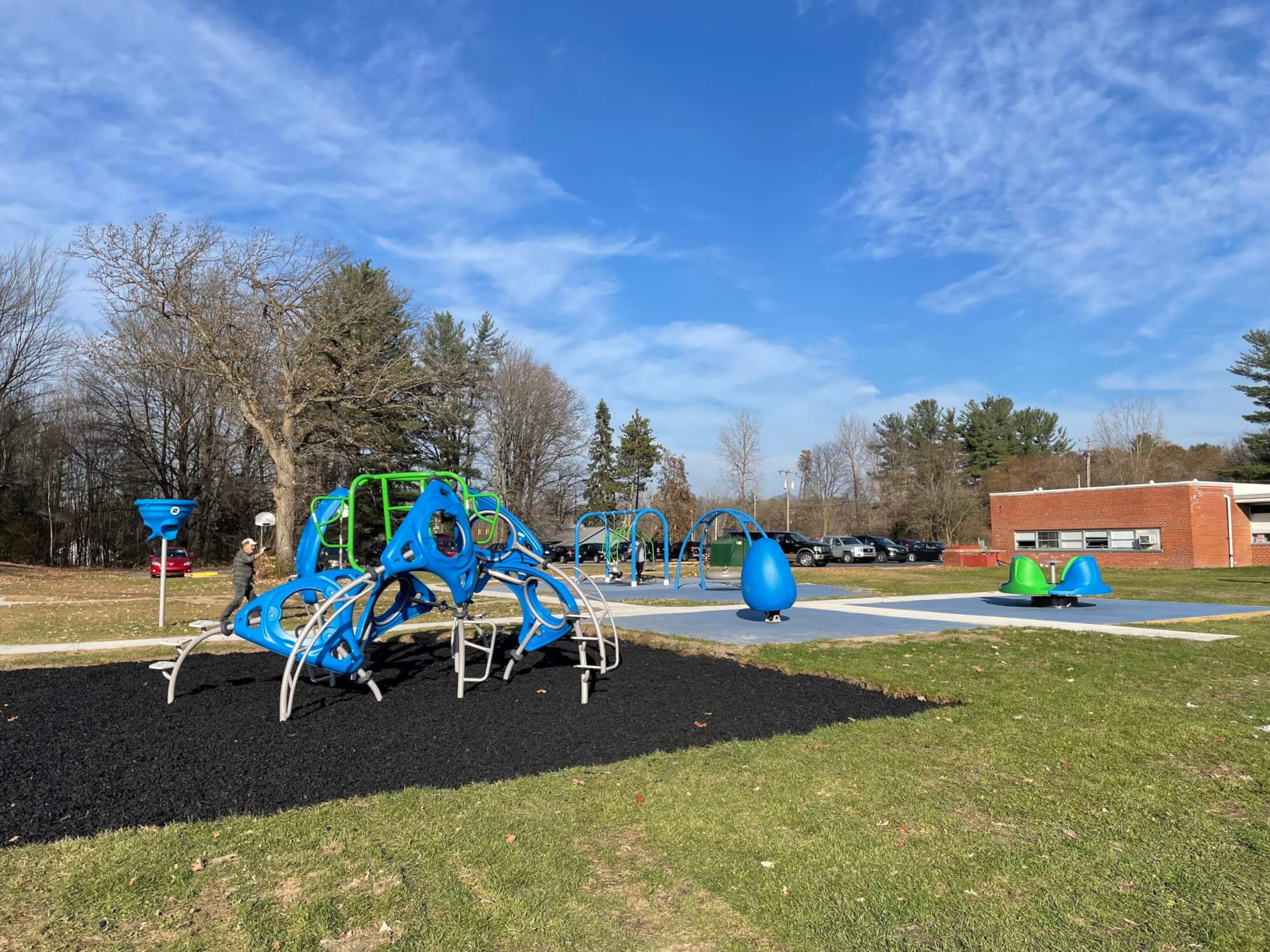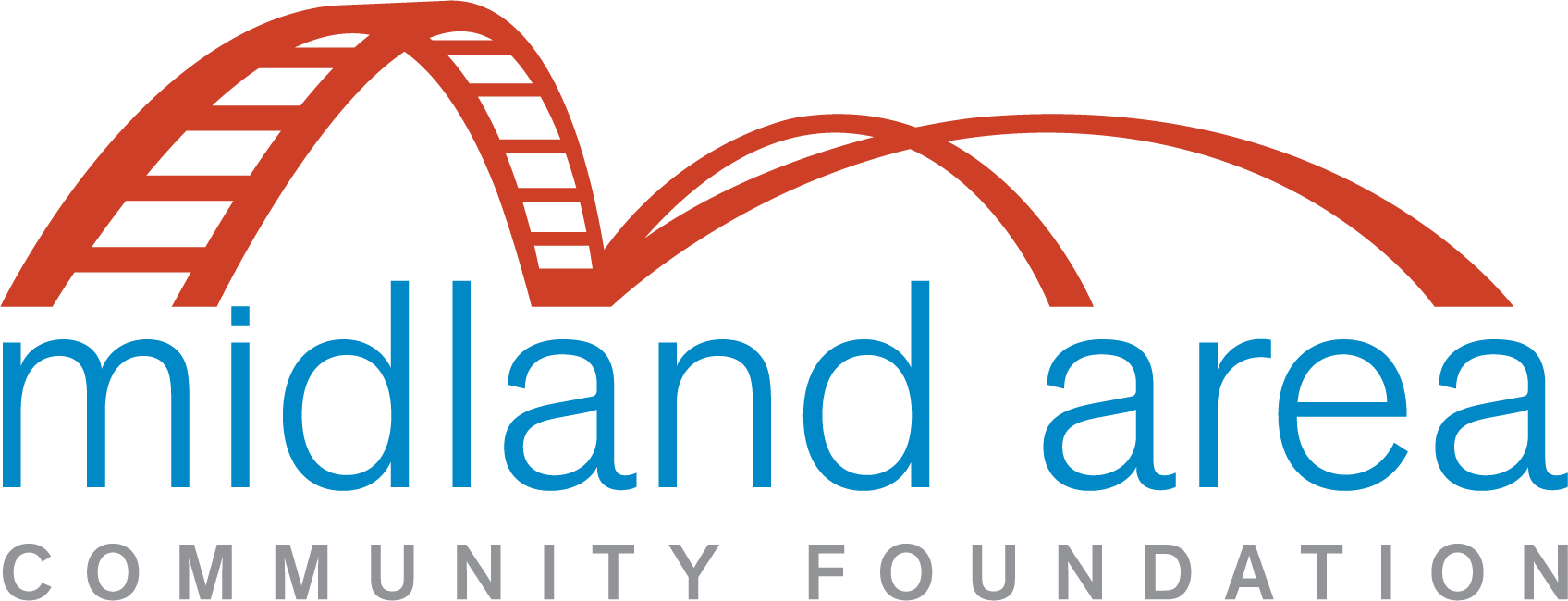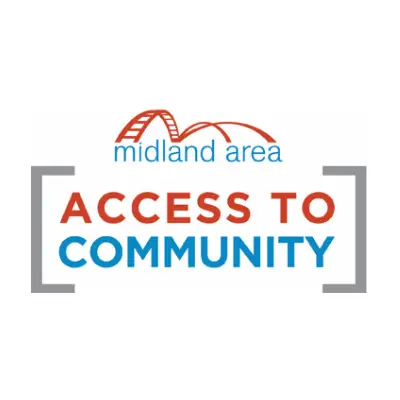Why We Exist
The Access to Community Committee, an initiative of the Midland Area Community Foundation, has developed the following information to create general awareness and provide guidelines for organizations and businesses to further advance inclusion and accessibility for all users.
Vision
The vision of Access to Community is to remove barriers and make sure all projects and programs initiated in Midland County are thoughtfully designed to include the unique needs of people with all abilities. It is not possible to engage in this work without all our community systems working in alignment to collaborate around this vision statement. People with disabilities, along with their families and friends, have financial resources that they are more likely to invest in programs and services in communities that are inclusive and accessible. To build a community that is accessible to all users means that Midland County will not only be accessible to all of its community members, but also become an attractive tourism destination for all people.
History
Accessible Recreation Opportunities
Call to Action
To build a community that is accessible, inclusive, and welcoming to all, the Access to Community Committee makes the following recommendations and invites all community members, organizations, and businesses to join us. Here is how you can make a direct impact:
Reduce Restrictions
Aim to create the least restrictive environment for all users and aspire to accommodate users with the most complex needs and everyone else will benefit as well.
Incorporate Universal Design Principles
Be aware that the Americans with Disabilities Act (ADA) guidelines are the minimum standard. Incorporate Universal Design principles to exceed minimum ADA Accessibility and offer a broader user experience.
Implement Accessible Features & Equipment
Incorporate Universal Design Principles Be aware that the Americans with Disabilities Act (ADA) guidelines are the minimum standard. Incorporate Universal Design principles to exceed minimum ADA Accessibility and offer a broader user experience
Consider Universal Accessible Bathrooms
Consider universally accessible bathrooms that include a lift and an adult changing table. People with complex needs are unable to engage in recreational opportunities if they do not have access to a bathroom that meets their needs.
Budget Accordingly
Include budget expenses needed to cover the purchase, maintenance, and renewal of accessibility features and equipment. Remember, accessible changes can be small and low-cost.
Collaborate
Be sure to include community members and stakeholders from the disability community when having discussions in your organization or out in the community.
Diversify Content Delivery
Provide information about your programs and services in alternative formats for visual, hearing, and cognitive impairment to be accessible to all members of the community.
Diversify Hiring
Strive to increase the number of hired employees, team members, and volunteers with disabilities and train all employees/volunteers regarding inclusion on an ongoing basis.
Diversify Imaging & Advertising
Ensure that your advertising materials and visual content intentionally feature a diverse representation of people with various disabilities actively participating in your programs, events, and activities.
Review & Update Policies
Review and update your organizational policies to promote inclusion and stop discrimination in physical structures, language use, and strategic planning.
As Access to Community continues to advance its advocacy within the community, the committee will be developing ongoing communication and resources related to universal accessibility on this website.
Access to Community welcomes new committee members, specifically people and organizations serving and supporting those with disabilities.
Interested in learning more about the committee or joining?
Please contact: info@midlandfoundation.org
Community Partners
Little Forks Conservancy
Cultural Awareness Coalition
West Midland Family Center
Arnold Center, Inc.
Midland County Parks and Recreation
City of Midland Parks and Recreation
Greater Midland Community Center
The Arc of Midland
Midland County Educational Services Agency
Midland Area Youth Action Council
Midland Area Community Foundation
Disability Network of Mid-Michigan
Glossary of Terms
Accessibility is the quality of being easy to approach, reach, enter, speak with, use, or understand. (2) Accessibility focuses on how a person accesses or benefits from a site, system, or application. (3)
Accommodation refers to a change, exception, modification, or adjustment to a rule, policy, practice, or service that may be necessary for a person with disabilities to have an equal opportunity to use and enjoy public and common use spaces, or to participate in programs or activities, in the same extent as people without disabilities. (4) (5)
The Americans with Disabilities Act (ADA) became law in 1990. The ADA is a civil rights law that prohibits discrimination against individuals with disabilities in all areas of public life, including jobs, schools, transportation, and all public and private places that are open to the general public. (6)
Universal design is a design that's usable by all people, to the greatest extent possible, without the need for adaptation or specialized design. (7)
Glossary Citations:
- Very Well Mind: What is Inclusion
- Dictionary.com: Accessibility
- Usability.gov: Accessibility Basics
- Boston University: Ability and Neurodiversity
- US Department of Housing and Urban Development: Reasonable Accommodations and Modifications
- Adata.org: What is the Americans With Disablities Act?
- The Universal Design Project: What is Universal Design?
Resources:
- The Invisible Disabilities® Association: Coping With Invisible Disabilities
- Disability Studies Quarterly (DSQ): Does Dis/ability Now Sit at the Table(s) of Social Justice and Multicultural Education?
- Center for Disease Control and Prevention: Disability Impacts All of Us
- Forbes Magazine: Why Businesses Should Care About Disability Issues
- New York Times: Disability Studies: A New Normal
- U.S. Access Board: Americans with Disabilities Act Accessibility Standards
- Center for Independent Living – Berkeley: The 7 Principals of Universal Design
- Berkeley: Web Access
- U.S. Access Board: Signs
- Disability IN: Disability Etiquette
- Disability Friendly: Disability Etiquette: A Simple Guide to Respectful and Courteous Communication
- Changing Places: What Are Changing Places Toilets?
- Changing Places: Home Page
- Global Disability Rights Now: Low Cost Physical Access Solutions for Schools



